Trump lost, but he won millions of new voters. Where did they come from?
In November, President Trump lost the election, but he found millions of new voters. Where did these new Trump voters come from? There is no simple answer, but we pored over the results and found some intriguing patterns.
Trump increased his vote totals in every state. He saw his biggest increases, relative to his tally in 2016, in the west and intermountain west, in heavily Mormon states like Idaho and Utah, as well as California and Hawaii. Trump’s smallest gains in percentage terms were in Maryland, New Hampshire, Connecticut and Massachusetts.
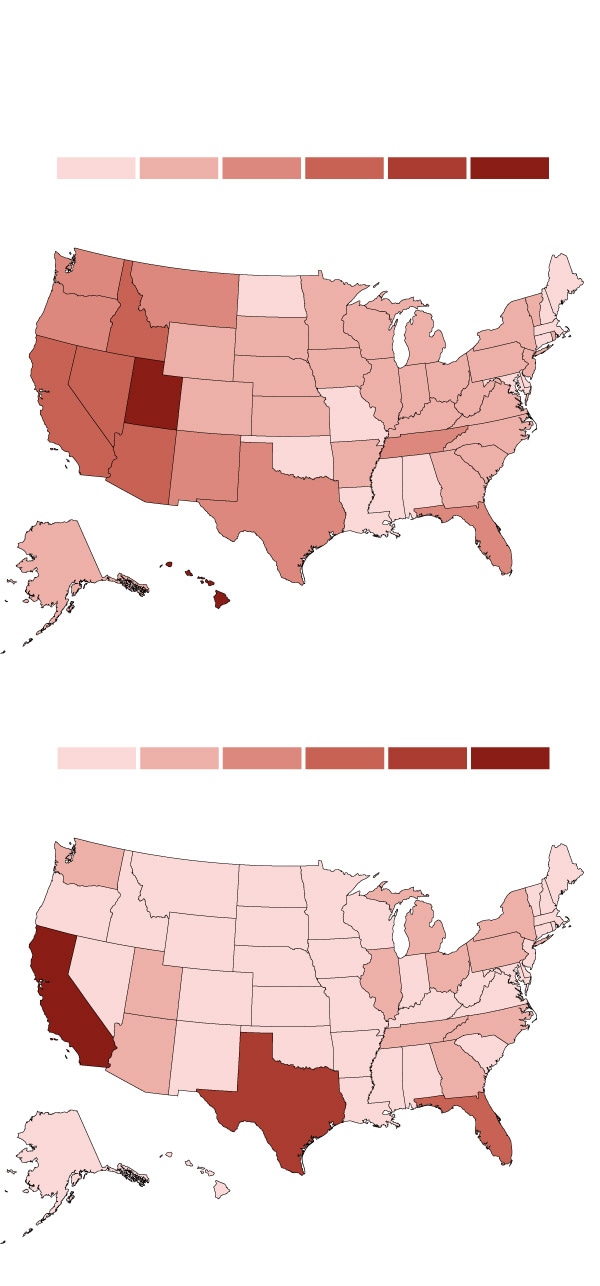
Growth in Trump’s vote total
from 2016 to 2020
Percentage growth
Additional vOtes (millions)
Source: David Leip’s Election Atlas
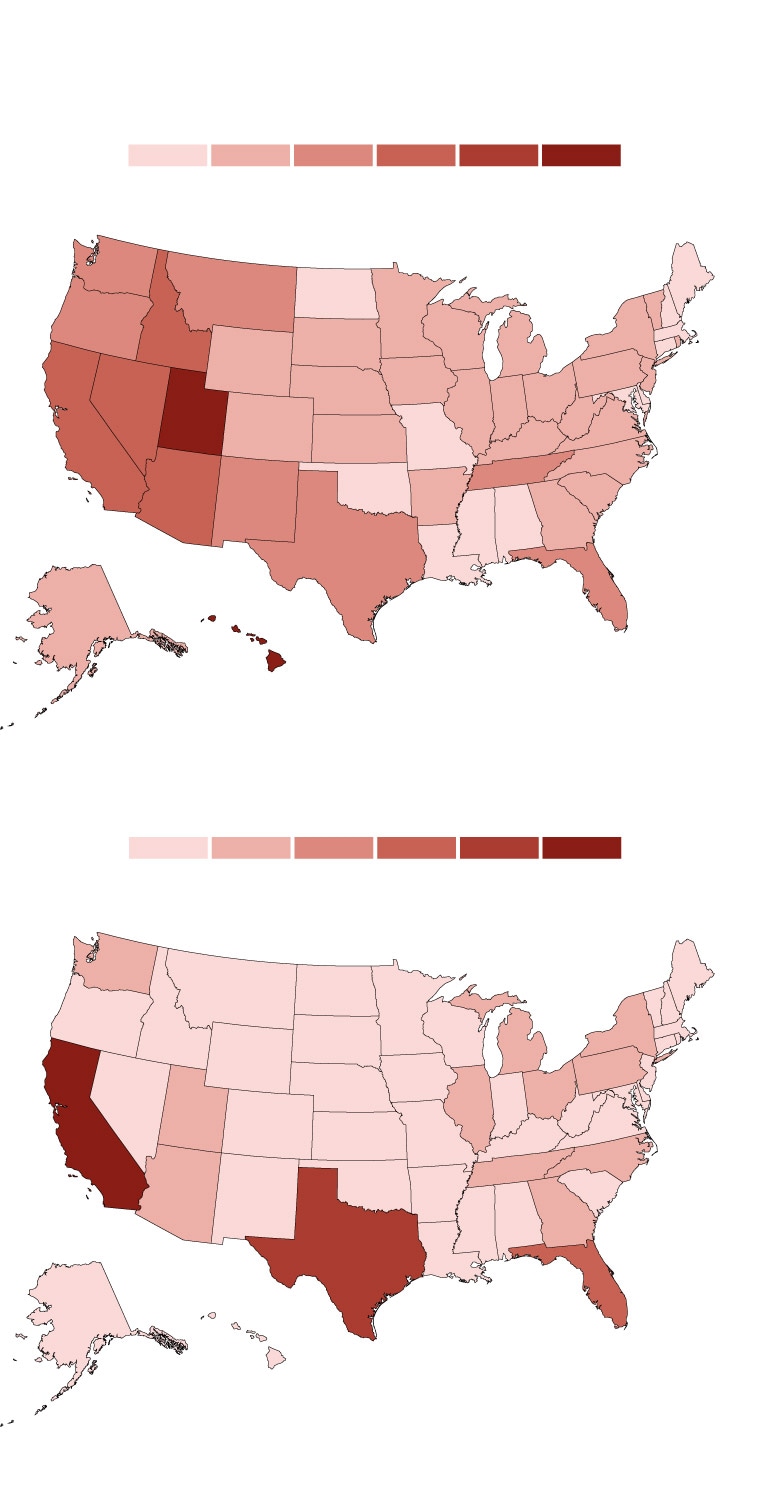
Growth in Trump’s vote total from 2016 to 2020
Percentage growth
Additional vOtes (millions)
Source: David Leip’s Election Atlas
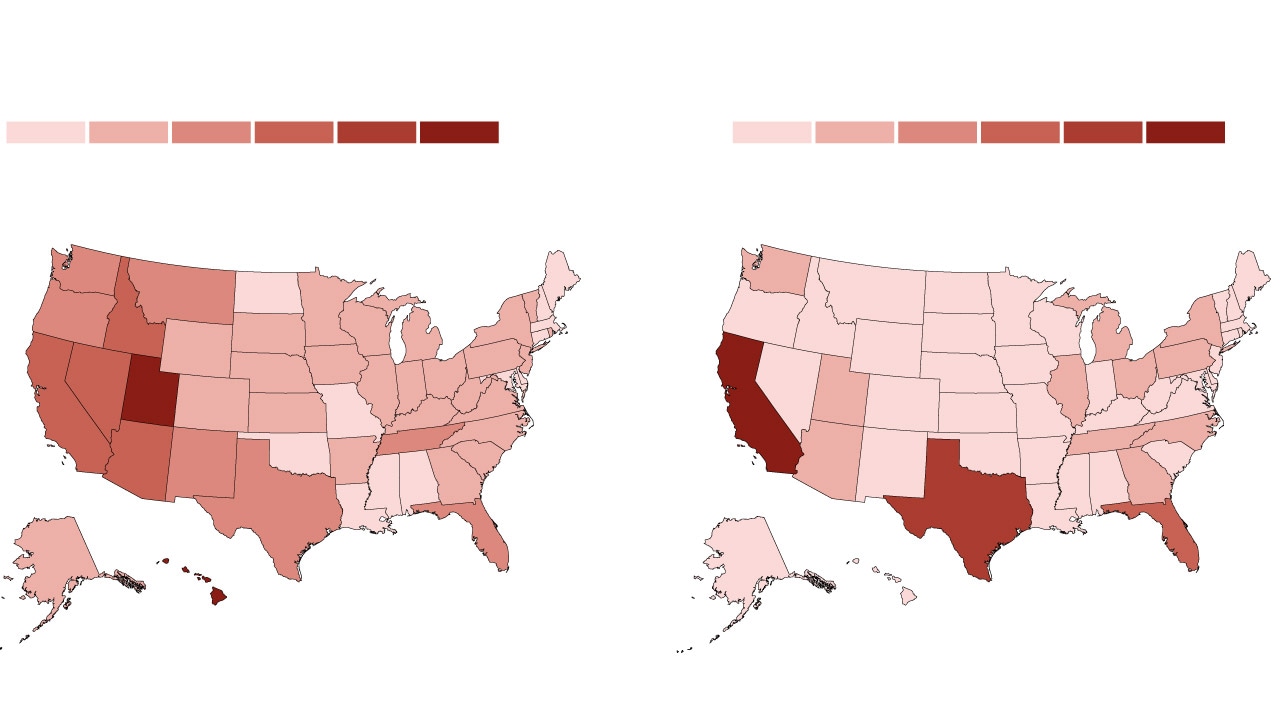
Growth in Trump’s vote total from 2016 to 2020
Percentage growth
Additional vOtes (millions)
Source: David Leip’s Election Atlas
In raw terms, as one might expect, Trump’s biggest gains came in the most populous states. But even in those states, Trump gained new votes in surprising places.
Texas
Gains in big metro areas
Trump has a deserved reputation as the champion of rural, White America — but he also increased his total in major metro areas. Nowhere was this clearer than in Texas:

growth
from 2016
Additional
votes
San Antonio
Total new votes from
major metros
Elsewhere
in Texas
Source: David Leip’s Election Atlas and
U.S. Office of Management and Budget
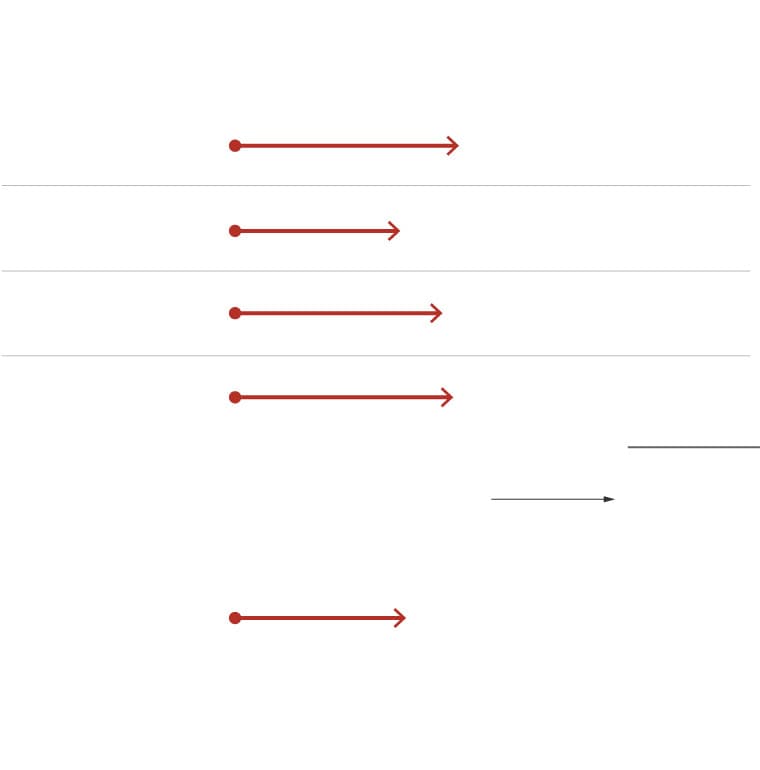
growth
from 2016
Additional votes
from 2016
San Antonio
Total new votes from major metros
Elsewhere
in Texas
Source: David Leip’s Election Atlas and
U.S. Office of Management and Budget

Percentage growth
from 2016
Additional votes
from 2016
San Antonio
Total new votes from major metros
Elsewhere
in Texas
Source: David Leip’s Election Atlas and U.S. Office of Management and Budget
Trump earned a windfall of new voters in the state’s four largest metro areas (note that metro areas are defined by the U.S. Office of Management and Budget). Trump increased his vote total by nearly 29 percent in the Houston metro area, a sprawling metropolis home to both blue-shifting suburbs and red-shifting Latino and Asian American neighborhoods. He also raked in new votes in Dallas, a magnet for immigrants and out-of-state job-seekers. Put simply, Trump found new voters in diverse, dense, growing locales.
California
New blue-state voters
Trump didn’t only gain votes in populous red states such as Texas — he also made gains across deep-blue California.

growth
from 2016
Additional
votes
Los Angeles
San Fransisco
Sacramento
Total new votes from
major metros
Elsewhere
in California
Source: David Leip’s Election Atlas and
U.S. Office of Management and Budget
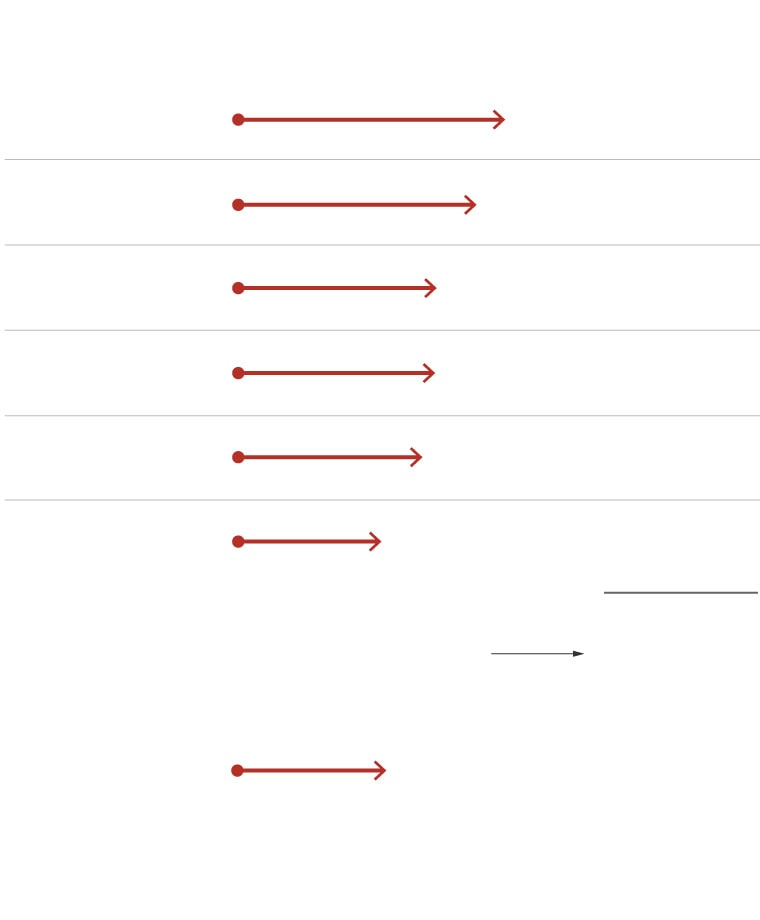
growth
from 2016
Additional votes
from 2016
Los Angeles
San Fransisco
Sacramento
Total new votes from major metros
Elsewhere
in California
Source: David Leip’s Election Atlas and
U.S. Office of Management and Budget

Percentage growth
from 2016
Additional votes
from 2016
Los Angeles
San Fransisco
Sacramento
Total new votes from major metros
Elsewhere
in California
Source: David Leip’s Election Atlas and U.S. Office of Management and Budget
Trump spent almost no time campaigning in California, but he still added more than 1.5 million votes there. Trump’s biggest raw gains came in Los Angeles, a Democratic stronghold that includes Hollywood, Asian American and Latino immigrant neighborhoods, and blue-trending suburbs. In percentage terms, he also posted strong gains in progressive tech hubs such as San Jose and San Francisco — but the GOP’s normal base of support is low there, so his raw vote gains were less impressive.
Pennsylvania
Rural America almost delivers
Trump also increased his totals in the rural Rust Belt:

growth
from 2016
Additional
votes
Philadelphia
Pittsburgh
Total new votes from
major metros
Elsewhere
in Pennsylvania
Source: David Leip’s Election Atlas and
U.S. Office of Management and Budget

growth
from 2016
Additional votes
from 2016
Philadelphia
Pittsburgh
Total new votes from major metros
Elsewhere
in Pennsylvania
Source: David Leip’s Election Atlas and
U.S. Office of Management and Budget

Percentage growth
from 2016
Additional votes
from 2016
Philadelphia
Pittsburgh
Total new votes from major metros
Elsewhere
in Pennsylvania
Source: David Leip’s Election Atlas and U.S. Office of Management and Budget
Trump’s gains in Philadelphia and Pittsburgh were notable, but he gained most of his new votes in the many smaller metros, towns and rural counties that dot the rest of the state. These communities shifted away from the Democrats in 2016, and helped keep the race close for Trump in 2020.
Tennessee
Red gets redder
In a trend that could be seen in other reliably Republican states, Trump found new surprising numbers of new voters in Tennessee — a state Joe Biden hardly contested. Trump won at least 300,000 more votes in 2020 against Biden than he won against Hillary Clinton in 2016.

growth
from 2016
Additional
votes
Nashville*
outlying areas
Nashville*
central areas
Total new votes from
major metros
Elsewhere in
Tennessee
*Central and outyling correspond to OMB’s
“Central” and “Outlying” county labels.
Source: David Leip’s Election Atlas and
U.S. Office of Management and Budget

growth
from 2016
Additional votes
from 2016
Nashville*
outlying areas
Nashville*
central areas
Total new votes from major metros
Elsewhere in
Tennessee
*Central and outyling correspond to OMB’s “Central”
and “Outlying” county labels.
Source: David Leip’s Election Atlas and
U.S. Office of Management and Budget
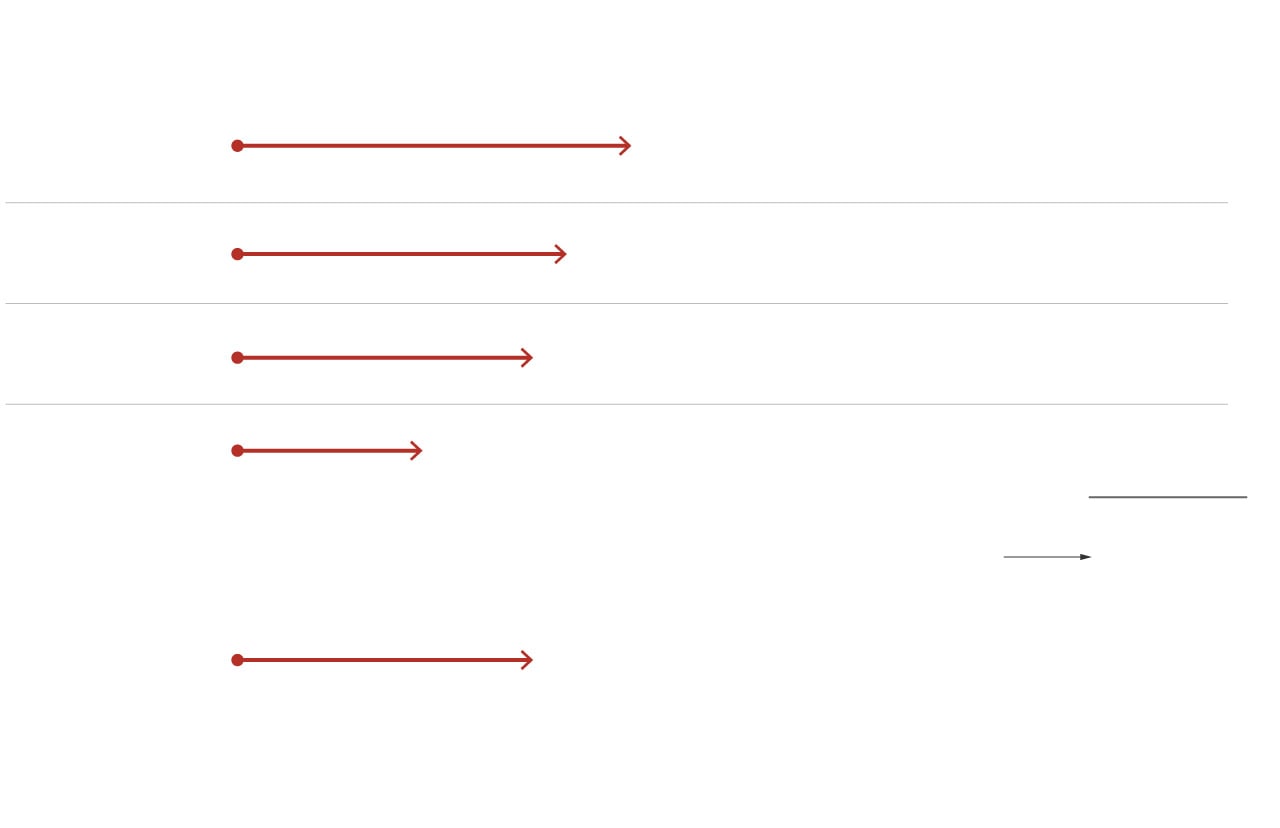
Additional votes
from 2016
Percentage growth
from 2016
Nashville*
outlying areas
Nashville*
central areas
Total new votes from major metros
Elsewhere in
Tennessee
*Central and outyling correspond to OMB’s “Central” and “Outlying” county labels.
Source: David Leip’s Election Atlas and U.S. Office of Management and Budget
Trump gained supporters everywhere in Tennessee: He saw a 29 percent increase in his total in Nashville’s collar counties and a 21 percent increase in the towns, small metros and rural counties outside the state’s big cities. That’s an impressive feat — Republicans have been running up the score in Tennessee for more than a decade, but Trump still managed to find votes that his GOP predecessors had left on the table.
Florida
The epicenter of Trump’s Latino gains
Finally, in Florida, Trump showcased his newfound strength among Latino voters:

growth
from 2016
Additional
votes
Jacksonville
Total new votes from
major metros
Elsewhere
in Florida
Source: David Leip’s Election Atlas and
U.S. Office of Management and Budget
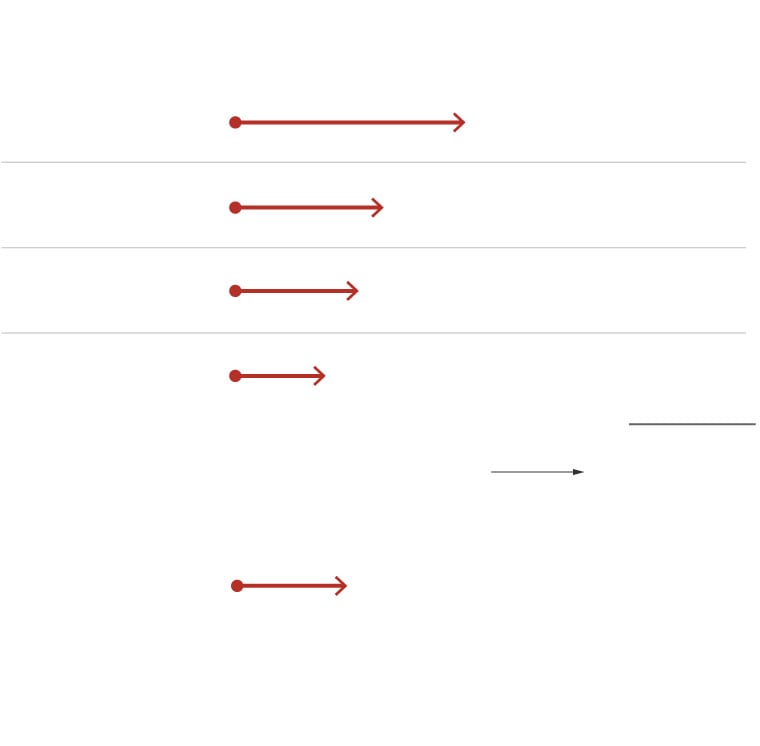
growth
from 2016
Additional votes
from 2016
Jacksonville
Total new votes from major metros
Elsewhere
in Florida
Source: David Leip’s Election Atlas and
U.S. Office of Management and Budget
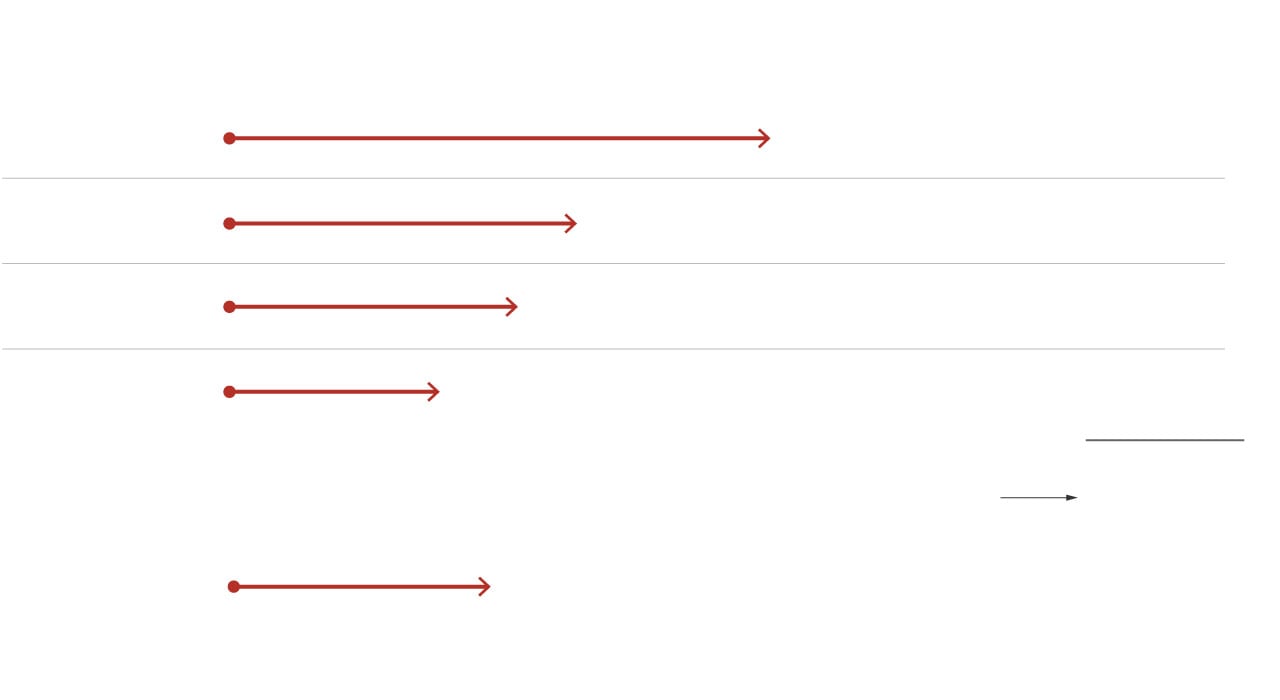
Additional votes
from 2016
Percentage growth
from 2016
Jacksonville
Total new votes from major metros
Elsewhere
in Florida
Source: David Leip’s Election Atlas and U.S. Office of Management and Budget
In the heavily Latino areas of South Florida, Trump increased his vote total by an impressive 39 percent. Precincts with large Cuban American, Puerto Rican and other immigrant populations shifted dramatically to the right. And Trump’s gains were smaller in Whiter metros such as Orlando, Tampa and Jacksonville.
Trump’s improvements in diverse metros such as Los Angeles and Houston hinted at Latino gains — but his total in the Miami area was a reminder Trump has a more diverse base than anyone expected.
What it means
Though Trump lost both the popular vote and the electoral college in his battle with Biden, he boosted his totals in red states such as Tennessee, as well as Democratic strongholds such as California. He attracted new support in cities, small towns and exurbs in battleground states such as Pennsylvania and Florida. Even in defeat, the depth and breadth of Trump’s gains suggest that the Republican Party, and Trump himself, can be expected to search for — and find — new voters in a broader array of states in the coming years than is widely understood.
Read more:
Jennifer Rubin: It’s impeachable. It’s likely illegal. It’s a coup.
Hugh Hewitt: Objecting to the electoral college vote is no constitutional crisis
Greg Sargent: A leading historian of U.S. democracy issues an urgent warning






